Before the War of 1812, cotton was barely produced in the United States, but the “cotton boom” in the mid-1800s changed all of that.
Three years before the Civil War, South Carolina Congressman James Hammond proclaimed, “Cotton is King and the north would collapse without the South." He also said, "slave holders of the South put $35 million into the charity box for your magnificent financiers, your cotton lords, your merchant princes.”
In 1827, only 136 miles of railroad track were in use. By 1860, nearly 800 miles of track and 11 railroads were transporting cotton, primarily in the Lowcountry. Prior to the Civil War, a few small cotton mills were operating in South Carolina and were mostly ran by northern manufacturers. These mills typically employed only a couple of dozen workers, largely children of farmers.
William Gregg was a young orphan. He was raised by his uncle who drafted him into the world of watchmaking. However, William and his uncle left the watchmaking business to build a cotton mill in Georgia. Although the mill failed, young William was left with a lasting interest in the textile industry. In 1838, Gregg invested in a small plant near Columbia S.C. called Vaucluse Mill.
He ultimately sold his shares, moving back to Charleston, but returned in 1843 and bought the mill. The next year, he toured large mills and surrounding villages in New England. By 1845, the textile investor purchased 7,952 acres in Aiken County. Using local laborers, construction promptly began construction on the Graniteville canal, mill and the surrounding village. The operation would be the first large-scale mill in the south.
That same year, Gregg published essays appearing in the Charleston Courier. His articles on Domestic Industry carefully outlined Gregg’s reasoning for the south to industrialize. He expressed a legitimate concern that South Carolina was missing out on a financial opportunity. By 1849, the mill was in production and the first southern mill village was near completion. The village consisted of a free school, two churches and small gothic style houses for the mill workers.
William Gregg died after a sudden illness in 1867, just two years after the Civil War. The war left the south in ruins and southerners became interested in Gregg’s ideas of industrialization. His vision of southern industrialization eventually propelled South Carolina to a leading textile manufacturer.
Story Photo Gallery
 About the Author: Teresa Slack, Research Director on the documentary, Building an Empire: The Textile Capital of World. Originally from Colorado, she has made Greenville her home for the last 41 years.
About the Author: Teresa Slack, Research Director on the documentary, Building an Empire: The Textile Capital of World. Originally from Colorado, she has made Greenville her home for the last 41 years.Teresa (Kennedy) Slack

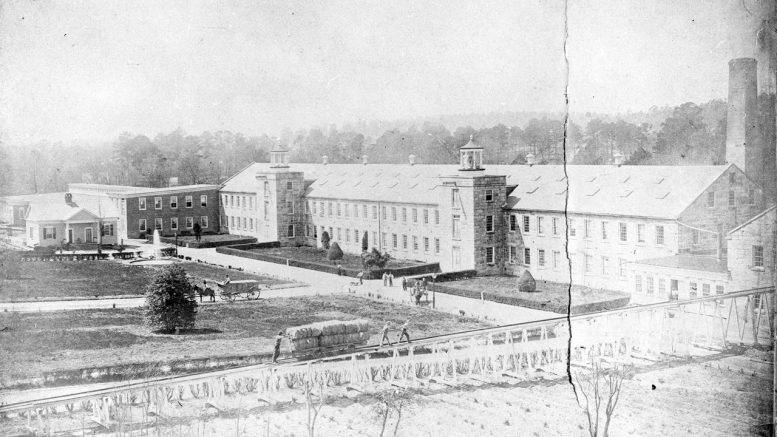
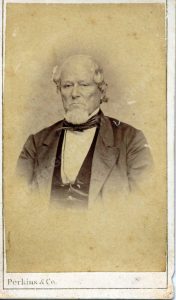



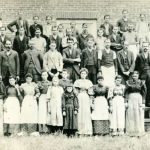
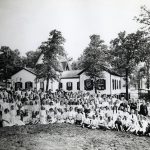
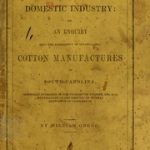


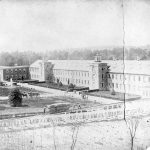
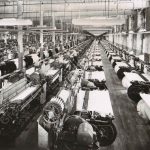

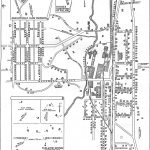
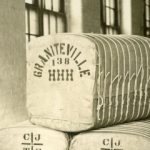
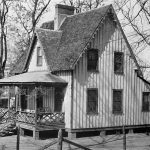
Be the first to comment on "The Story of William Gregg and the Graniteville Mill"